
So often what I write to you about is inspired by conversations with friends and clients. I‘ve had a few discussions lately with people who know that grief coaching can help but are feeling scared to take the first step or aren’t sure how to talk about it with someone else.
For example, recently I had a friend say to me, “So, Tammy, how do I approach my friend about your grief coaching?” My answer was – with care and compassion. And you could try saying something like, “I don’t know what to say or how to help but I know someone who does.”
So today I want you to know that you’re not alone and that while taking the first step might be scary, the freedom you’ll find on the other side of this work is worth it.
We all have grief.
Grief is universal. It touches every one of our lives. There’s the societal grief we experience around climate change, political extremism, religious fundamentalism, and attacks on personal freedoms like women’s bodily autonomy or trans rights.
And there are the intensely intimate griefs we carry around personal traumas and loss. Grief touches the universal and personal at the same time. Macro and micro. And it can affect each of us in different ways.
Interestingly, recent studies have suggested that the root of anxiety and depression could be misdiagnosed grief. Which, having worked with grief for awhile now, I can completely see and understand.
Let me explain.
Sometimes, grief can make us want to “turtle”. I know “turtle” isn’t really a verb but when I think of a turtle tucking itself tight inside its shell to weather the chaos that’s happening outside it seems like the perfect metaphor. Because sometimes we have a hard time even getting out of bed or off the couch. We shut down and don’t want to engage in our normal activities. We’d rather avoid life and end up isolating ourselves.
Grief can make us want to curl up and withdraw.
And it can be really hard to begin to move forward when you’re in that place.
But after a while, that turtle shell can start to feel like a cramped cage. It makes us restless, anxious, and irritable and while it’s uncomfortable inside the cage, life outside seems scary too. Even though deep down you likely know that moving forward is where you find freedom, you can feel supremely stuck in that shell.
When you’re wading through grief you might be thinking…
- I don’t know who I am anymore
- It’s a struggle just to make it through the day
- I don’t know what to do. It’s been so long but it seems like yesterday.
- I feel empty
- I should be over this by now. Everyone else seems fine. What’s wrong with me?
- I feel guilty anytime I smile. Will I ever laugh again?
- Everything reminds me of them and it makes my heart ache.
- Will I ever stop missing them?
- I have officially tried it all and nothing works
- The swirl of thoughts and emotions you experience with grief can be confusing and difficult to navigate because…
No one teaches you how to grieve.
Our culture tries its best to distance itself from death. To sterilize it in hospitals. To rush past it with funerals and a bereavement leave of only 3 days. To focus instead on staying young (as if the young don’t die too). To move on by replacing a pet or a lover as soon as possible. Or to avoid your feelings by staying busy and productive.
Of course, none of that works.
Because that’s not the kind of action that brings healing.
“This has given me more confidence in my role of supporting/ guiding my kids through their grief.”~ Jess
The Grief Recovery Method® gives us the tools and process we’ve been missing. It’s an evidence-based, proven method that’s been used for over 40 years.
It begins with a safe space to unpack your grief. And not just grief related to death but grief that we can feel for other losses as well, such as divorce, job loss, intangible losses, anticipatory loss, and many others. The Grief Recovery Method® (GRM) helps us peek out from under your turtle shell and slowly reveal the more tender parts of yourself that are in need of presence, attention, and care.
It’s a welcoming, inclusive, non-judgmental environment because let’s face it, we’re all just humans trying to make our way in this world the best way we know how. There’s room for all of your uniqueness, where you can bring all your intersectionalities and the relationships that are unique to you and find a way to create a life that honours your loss without letting it define you.
The Grief Recovery Method® process begins with education and looking at all the myths and misinformation out there about grief. How it’s not just related to death, divorce, or diagnosis because there are over 40 types of loss we can encounter in our lives. How being taught to ‘toughen up’ or ‘don’t cry!’ doesn’t help us to heal our hearts and how we generally try to numb out our emotions instead.
We then move on to the more emotional work that begins by mapping out your Loss History Graph. Looking at your life from your first conscious memory to the present day and with that understanding that even celebratory events like going to University can still trigger feelings of grief because there’s a loss of routine, community, and familiarity. We honour the impact of these losses on your heart by the length of the line on your graph…the longer the line, the greater the impact. For me, losing my dog when I was a teenager was devastating to me, a 10/10. Whereas others might rank their pet loss as a 5/10. It’s important to understand how these events impacted/imprinted on you and honour the grief that may still be hidden there.
We then choose one of those longer lines (i.e. 10/10) and move on to the next phase – the Relationship History Graph. Usually, this ends up being a parent because they often hit these parameters for knowing you have unresolved grief – do you wish things were different, better, or more than what they are? Are there hopes, dreams, and expectations for the future that you know won’t be met? Then those are good indicators that you’re carrying unresolved grief.
The Relationship History Graph then maps out similarly to the Loss History Graph. But this time we look at the highs and lows of the relationship. The oh-so-amazing highs that make you smile wide at the mere thought of those events and the not-so-amazing lows that make your head bow. We do this so we can see a holistic picture of this relationship. We’re neither putting it up on a pedestal nor demonizing it, it’s just taking a compassionate look at the WHOLE relationship.
We then turn to the next phase, the Recovery Components where we take those events on the RHG timeline and attribute either an apology statement (i.e. I’m sorry I wasn’t able to be there for you when you needed me), a forgiveness statement (and if you can’t quite forgive, then choosing to consciously put the pain of that moment behind you), and Significant Emotional Statements (i.e. I love you, I miss you, I hate that this happened, etc.) These Recovery Components allow us to express what was left unsaid. It’s not closure per se, it’s so that we can complete the pain of our past.
We then move on to the final stage which is to turn all of those recovery statements into a Completion Letter that is read out loud in a safe and supportive space to another compassionate and empathetic human heart. It’s in expressing alllll of your emotions, through your throat chakra, that people are able to let go of the pain of their past so that they can gently step forward into the future.
You cannot think your way out of grief. You cannot rationalize or intellectualize it, you have to FEEL it. And the GRM helps you do just that – move from your head to your heart.
“Working with Tammy helped me get a deeper understanding of my emotions, my core values, and what was triggering the emotions I was experiencing. She helped me work through my pain, but she also taught me not only how to be with my emotions, but also how to let go and move forward. I went from struggling with what had happened, living in memories, and trying to get to the next day to being present with myself and looking forward to what is possible.”~ Kim
Action is necessary for healing.
Grief Coaching gives you the space to practice and apply the tools you learn with the GRM for the first time in a safe, nurturing, compassionate, non-judgmental space. Because we all know how easy it is to talk ourselves out of taking action.
Also, it’s not therapy.
Listen, therapy is great for untangling your past and it definitely has an important role to play in mental health and wellness. However, therapy can feel prescriptive at times and might be focused on finding a diagnosis or creating healthy coping mechanisms. A lot of clients come to me from therapy when they’re ready to really move forward, and some ‘parallel path’ it, by talking with a therapist at the same time, which is great!
SADNESS DOESN’T HAVE TO BE YOUR NEW NORMAL.
People who have completed the GRM say…
- They feel lighter – no more carrying the weight of their past around on their shoulders.
- Their relationships feel more fulfilling because they’re more emotionally available and not caught up in their grief.
- They’ve regained their sense of purpose and are excited about the future.
The GRM will help you figure out how to honour your loss AND reclaim your joy. It will show you how to let go of painful memories and emotions like guilt, shame, anger, and regret so you can create space for new memories and positive emotions.
When you’re no longer held back by the pain, trauma, and grief from your past you’re free to become the person you were always meant to be.
“My life has improved to the point where I have made the decision to start experiencing the activities that bring me joy now. I don’t need to wait for retirement to be happy. My energy has changed, I’m so much more positive.”~ Debbie
So, if you’re wondering if this is for you – the answer is yes. And if you’re scared to take the first step – I see you. I believe in you. Deep inhale…slow exhale. You can book a discovery call to ask all your questions, chat with me personally, and decide if we’re a good fit right here.
And if you’re not sure how to tell someone about the work I do … maybe just send them this post.
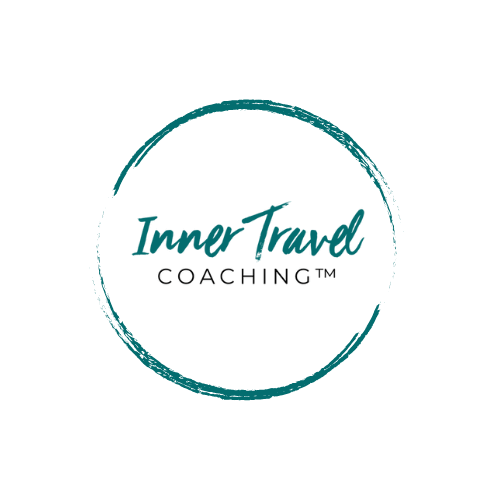 Love what you read here?
Love what you read here? Send to a friend or subscribe for more posts, perks, and inspiration!


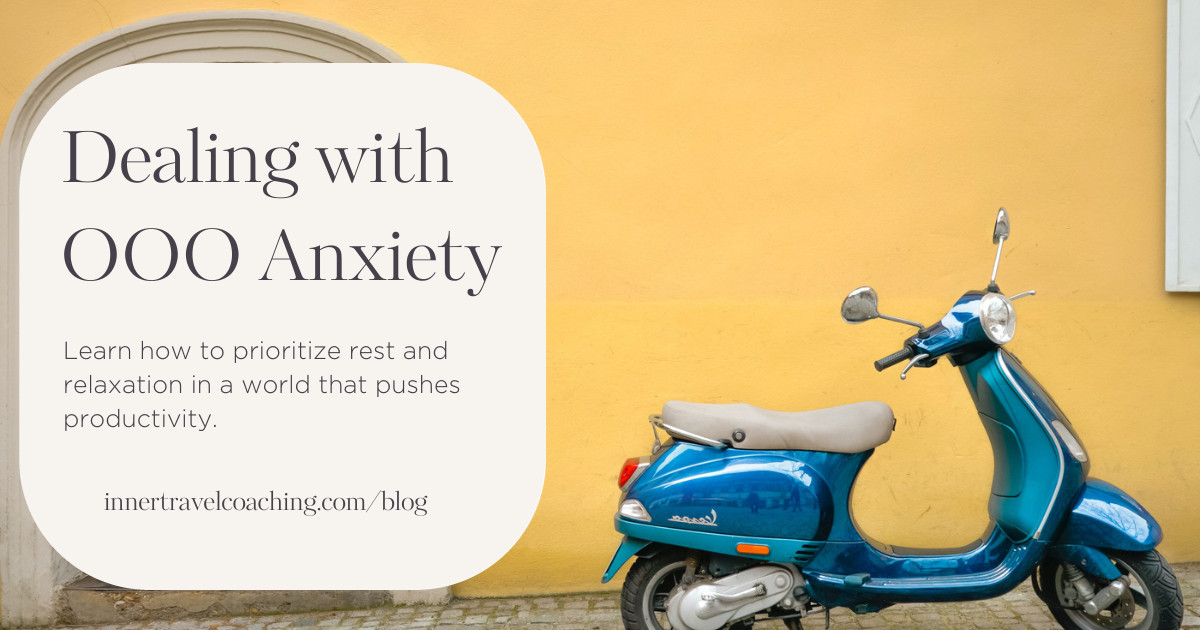

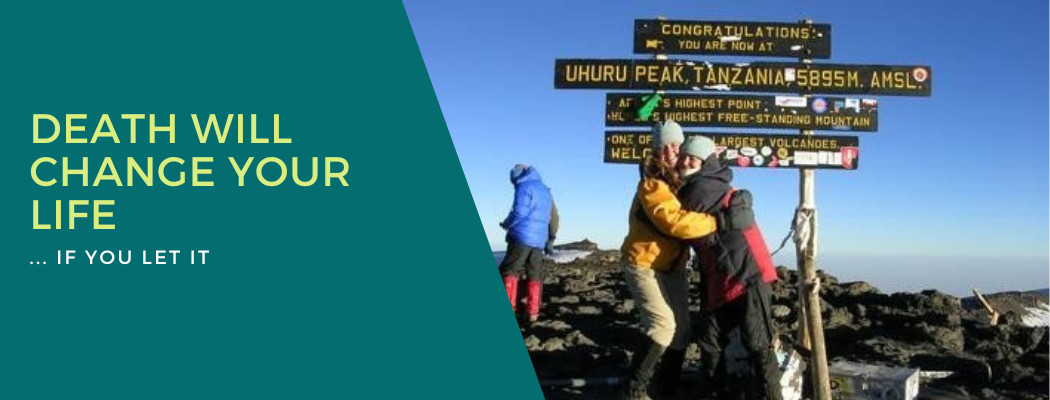
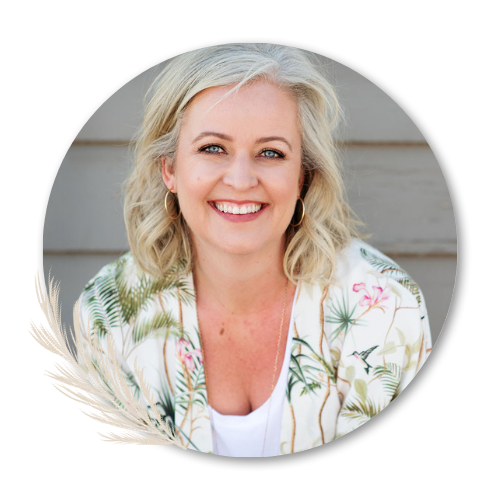
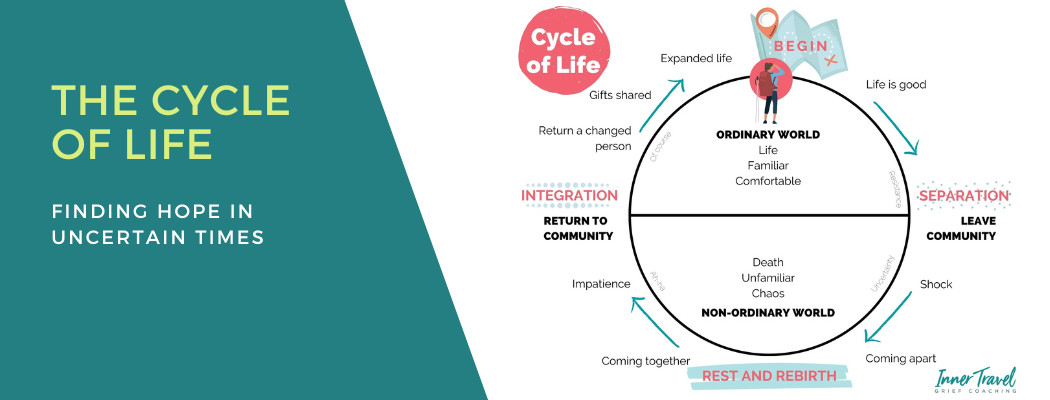
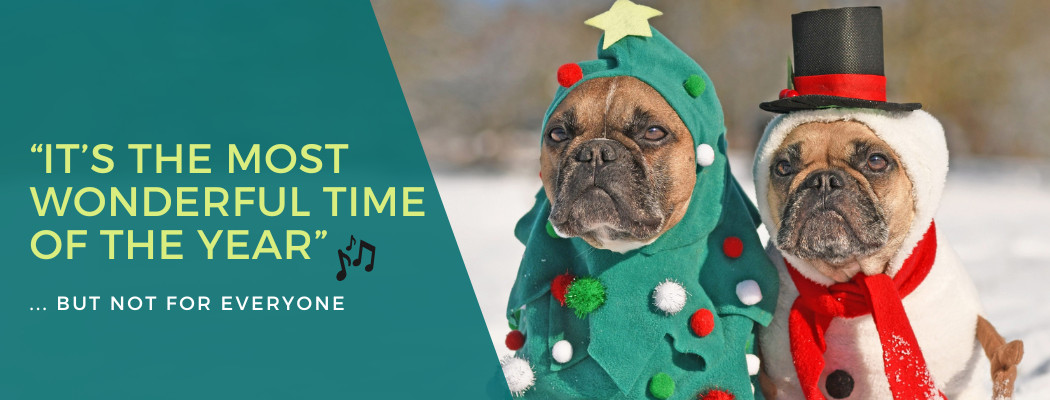



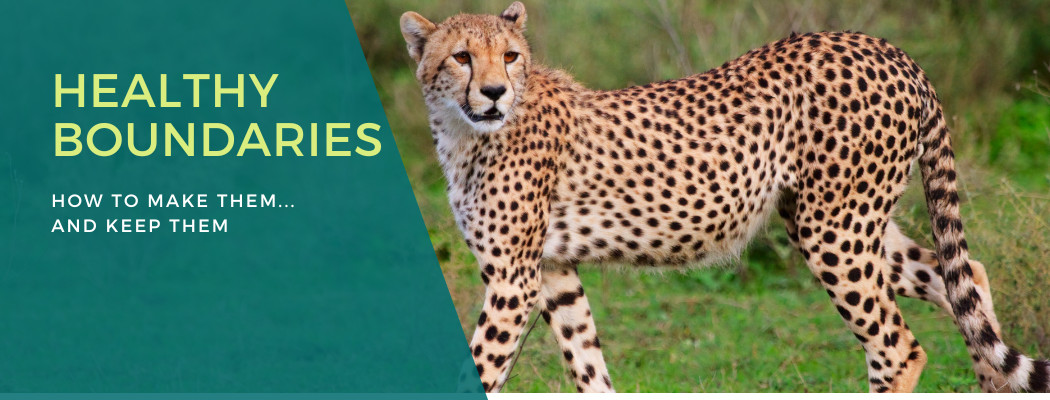
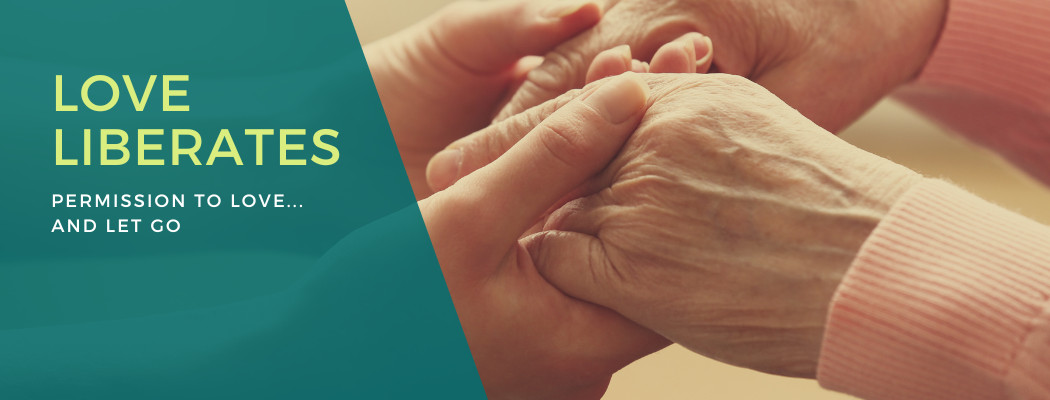
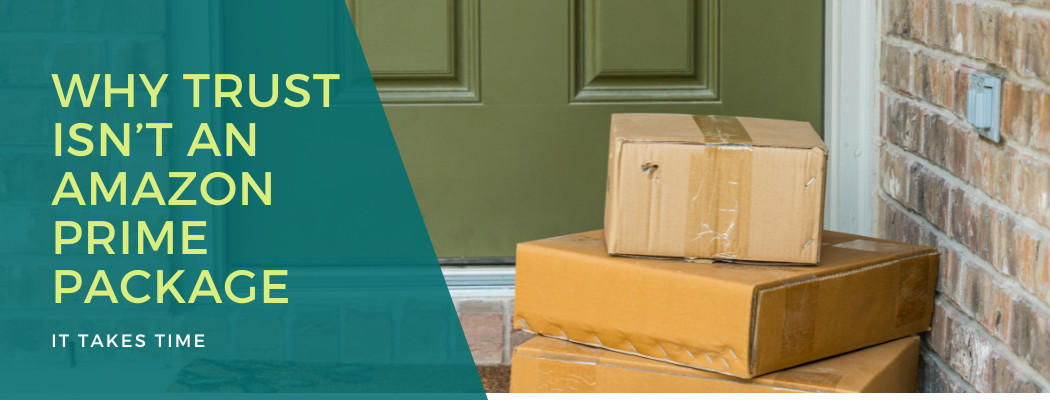
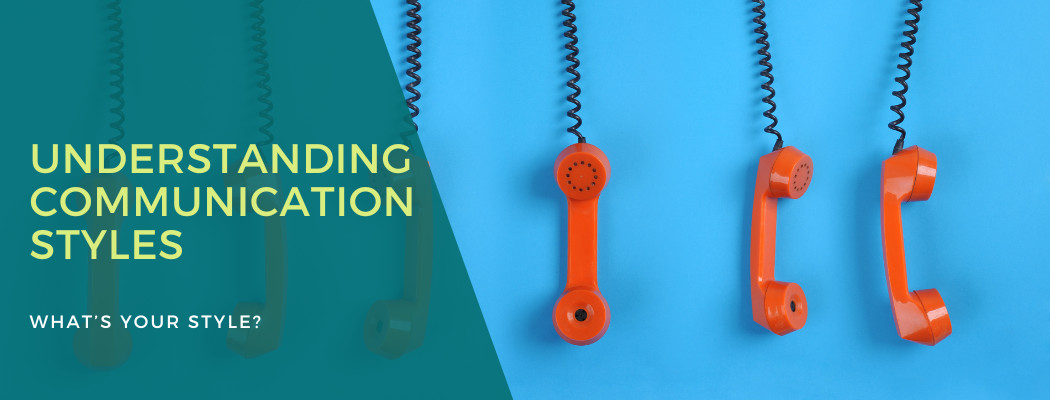







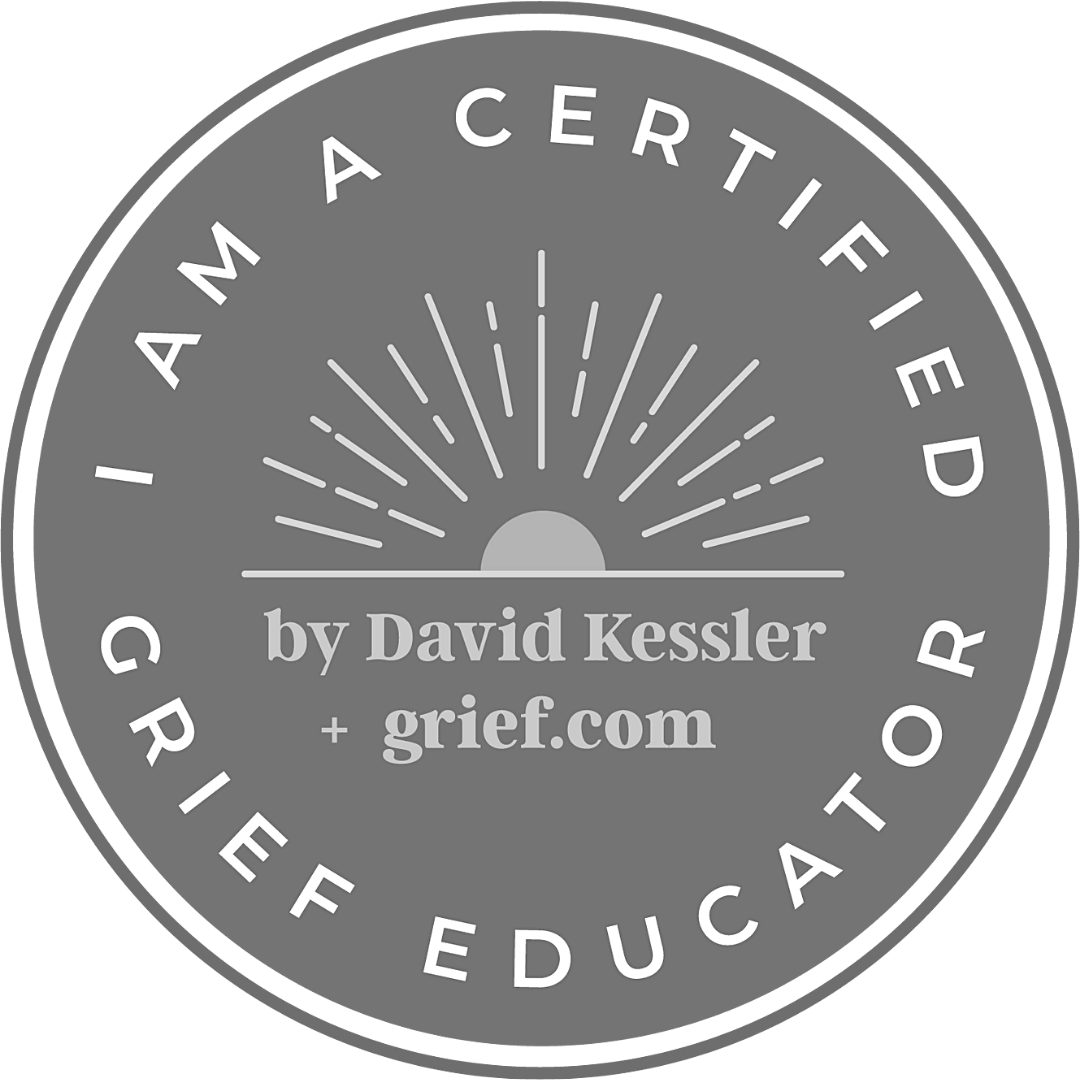




0 Comments